Looking for a good book to read before the whirlwind of spring? Here’s a look back at some of our favorite books reviewed in The Maine Organic Farmer & Gardener in 2024. The list includes a book that explores plant intelligence, and another on the intelligence of bees. Plus, others that dive into the history and corruption of the food system from seed to plate. For the full reviews, as well as other books we’ve enjoyed, click here.
“Barons: Money, Power, and the Corruption of America’s Food Industry” by Austin Frerick, Island Press, 2024
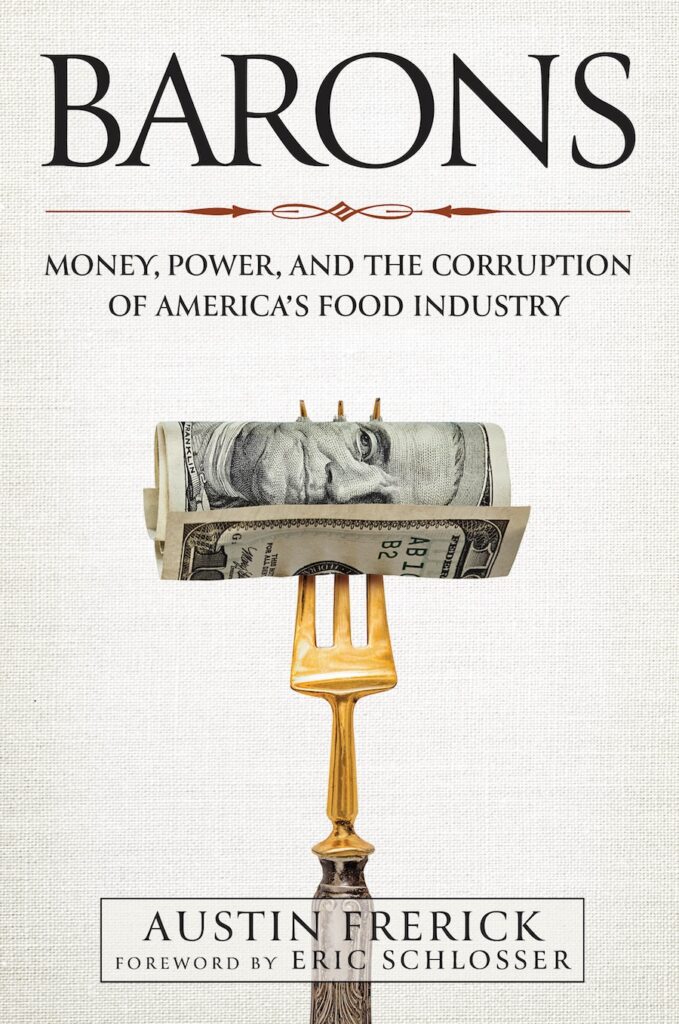
“Barons” tells the story, noted in the subtitle, of “money, power, and the corruption of America’s food industry.” In this vivid and engaging book, author Austin Frerick exposes the chokehold that seven families have over the global food industry, and the ramifications of their consolidated power on farmers, consumers, ecosystems, and even democracy. The word “monopoly” conjures visions of industrial tycoons and the robber barons of centuries past. However, these same structures of power and oppression exist today in our food systems. Intensely readable, “Barons” is organized around seven agricultural titans, examining them in turn in chapters devoted to their realms: hogs, grain, coffee, dairy, berries, slaughter, and grocery. In each chapter, readers follow as family-owned businesses begin on a small, recognizably agricultural scale and expand into corporate behemoths through a combination of exploitative practices, political machinations, and unfettered greed. Interspersed with personal narratives and portraits of small farmers and communities affected by anticompetitive policies and ecological degradation, Frerick draws clear connections between the disparate elements of each baron’s reach.
– Margaret Hathaway
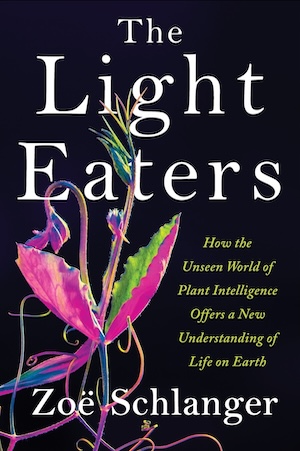
“The Light Eaters: How the Unseen World of Plant Intelligence Offers a New Understanding of Life on Earth” by Zoë Schlanger, Harper, 2024
After being inundated with too many tomatoes this past summer, I told a friend that tomatoes are weeds that have domesticated us. I might not be far off the mark. The idea that rye and other crops entangle us in long-term coevolutionary relationships is just one of the many plant strategies Zoë Schlanger considers in her new book, “The Light Eaters: How the Unseen World of Plant Intelligence Offers a New Understanding of Life on Earth.” We marvel at how fungi create communications networks between trees and the agricultural services of pollinators. Now Schlanger asks us to marvel at how plants, rooted in place, communicate with each other, blend into their surroundings, and trick animals into behaving to their benefit. She takes us into the field and laboratories to meet scientists who are asking questions that, just a few years ago, sounded more mystical than scientific: Do plants have memory? Do they communicate with insects? And how do they make food out of light and air?
– Sue Smith-Heavenrich

“What a Bee Knows: Exploring the Thoughts, Memories, and Personalities of Bees” by Stephen L. Buchmann, Island Press, 2023
I love the buzzing sounds of pollinators at work in my garden. Sometimes I wonder how far they’ve flown, and whether they have a mental map of the flowers in the fields and gardens around me. In “What a Bee Knows,” entomologist Stephen Buchmann invites us to expand our curiosity and ask deeper questions, like do bees dream? Can they use tools? If you teach them to solve a maze, will they remember it three days later? Those are interesting questions to ask of an insect with a brain no bigger than a poppy seed. Yet bees have “an extraordinary ability to think, solve problems, learn, remember other bees, fly to and from their nests, and interact with flowers during their foraging trips,” writes Buchmann.
– Sue Smith-Heavenrich
“Urban Jungle: The History and Future of Nature in the City” by Ben Wilson, Doubleday, 2023
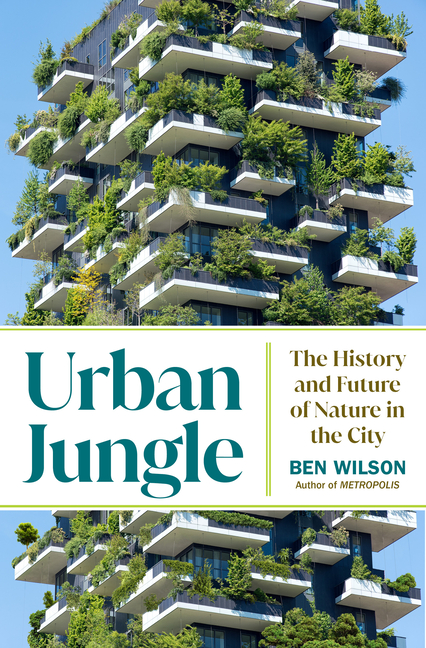
What immediately struck me about Ben Wilson’s “Urban Jungle: The History and Future of Nature in the City” was the book’s front cover photo. Here is a many-storied, cement-looking structure in Italy, the Milan Vertical Forest, almost completely covered by green tree and shrub foliage. Is it apartments, offices, or a forest? Actually, it’s all three. It combines reforestation and biodiversity with sustainability: cooling the building, reducing energy costs, cutting air pollution, and increasing the habitat for more living creatures. The building’s architect calls it “A house for trees inhabited by humans.” If you can afford a two-bedroom flat for a mere $5.7 million (U.S.), there’s a forest right outside your window, made up of over 90 different species. The photo symbolizes Wilson’s basic premise: the city is an entirely different ecosystem from the rural areas surrounding it, but just as much a part of nature. For centuries, urban environments have been engineered and manipulated by humans for their benefit, but we now know we need to primarily reconstruct urban areas to be in harmony with nature, not separate from it.
– Larry Dansinger
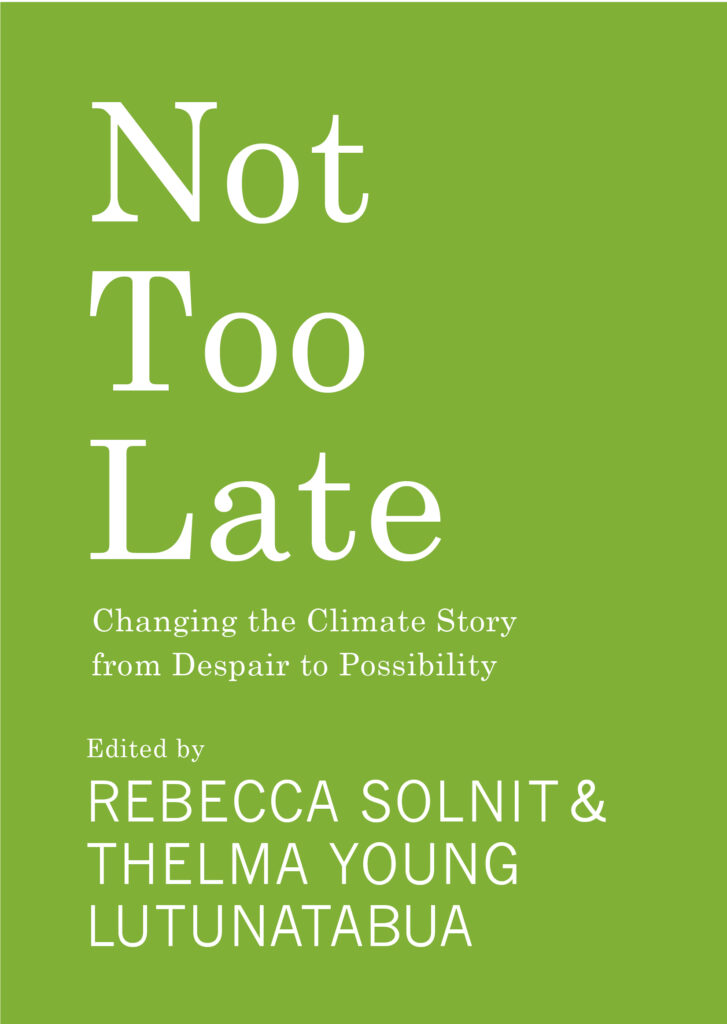
“Not Too Late: Changing the Climate Story from Despair to Possibility” edited by Rebecca Solnit and Thelma Young Lutunatabua, Haymarket Books, 2023
I have often wondered if the stories we tell ourselves shape the world we live in, or if the world — in all its complexities — shapes our stories. It’s likely a bit of both, but “Not Too Late,” a collection of essays by climate scientists, Indigenous activists, and community organizers, edited by Rebecca Solnit and Thelma Young Lutunatabua, makes a compelling case for understanding the climate crisis as a storytelling crisis. Is our love affair with dystopian movies, books, and games — and of a future mired in war and wracked by climate disasters — limiting our imagination for what is possible in the future? I think Solnit and Lutunatabua would argue that it is. That we need to flip the climate crisis narrative from one of inevitable chaos and scarcity to one of possibility and abundance, shifting what “a good life” means.
– Jennifer Wilhelm
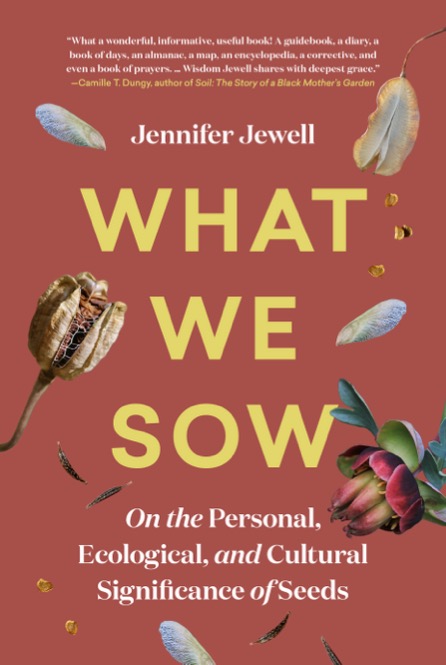
“What We Sow: On the Personal, Ecological, and Cultural Significance of Seeds” by Jennifer Jewell, Timber Press, 2023
“What We Sow” is a compassionate and insightful look at the human relationship to seeds throughout history. Jewell makes a compelling argument for the inextricable connection between colonialism, cultural erasure, and the loss of seed saving traditions due to the pressures of modern agriculture that will resonate with those already saving seeds, and may convince others to start. The pages are chock-full of details and historical tidbits from around the world that even the most involved seed keepers may not have encountered. Jewell focuses on the colonialist history of big agribusiness and takes great care to highlight the work of Indigenous and people of color seed savers, bringing their narratives to the forefront.
– Sam Schipani
“We’re Going Home: A Story of Life and Death” by Cynthia Thayer, Islandport Press, 2023
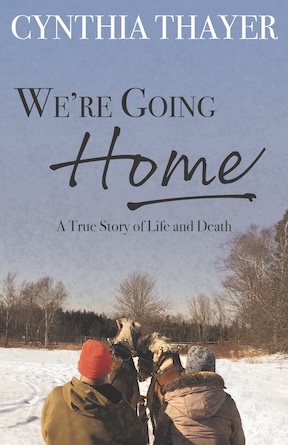
Cynthia Thayer and her late husband, Bill, are two of the early MOFGA members who helped to shape Downeast Maine’s organic farm community. They have been two of the faces at the Common Ground Country Fair: Cynthia in the Wednesday Spinners tent, Bill giving hayrides in a wagon pulled by his team of Haflinger horses. They built a farm in Downeast Maine and they built a community. “We’re Going Home,” Thayer’s fourth book, is the beautifully written story of building that life and of the untimely laying of Bill to rest. At first, I was reluctant to read this book. I was afraid I would cry the entire way through it. It is the Thayers’ personal tale, but it could be the tale of so many of Maine’s early homesteaders who are aging, whose faces are absent from the Fair, whose memorial trees grow tall around the Common Ground fairgrounds. But Cynthia balances their story brilliantly by alternating the chapters between her and Bill’s beginnings, building their life and farm, and Bill’s mysterious accident and eventual death. The prose flows easily and the pages turn quickly. I wept hard but laughed even harder. Lessons of resilience weave through the tears and lightness.
– Roberta Bailey
